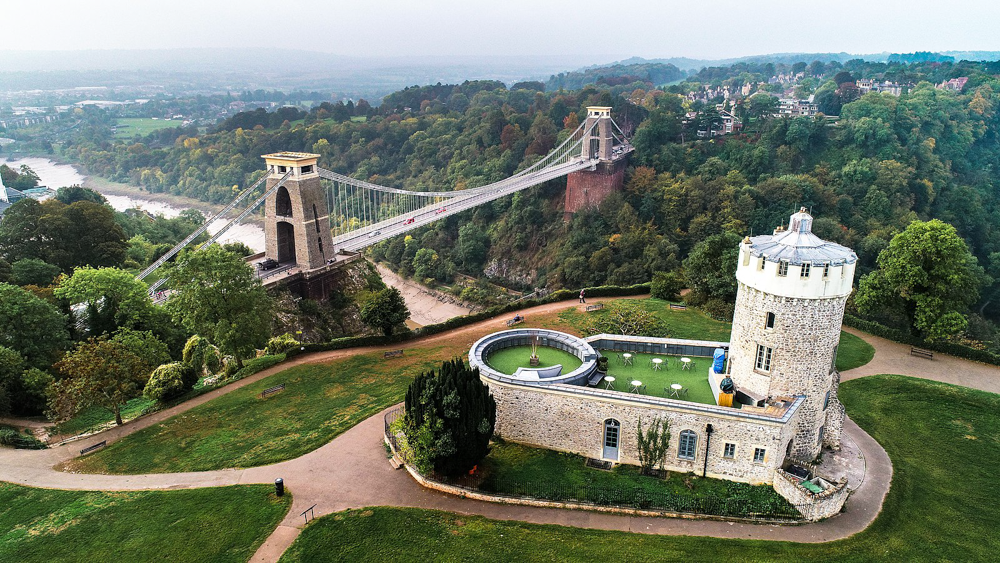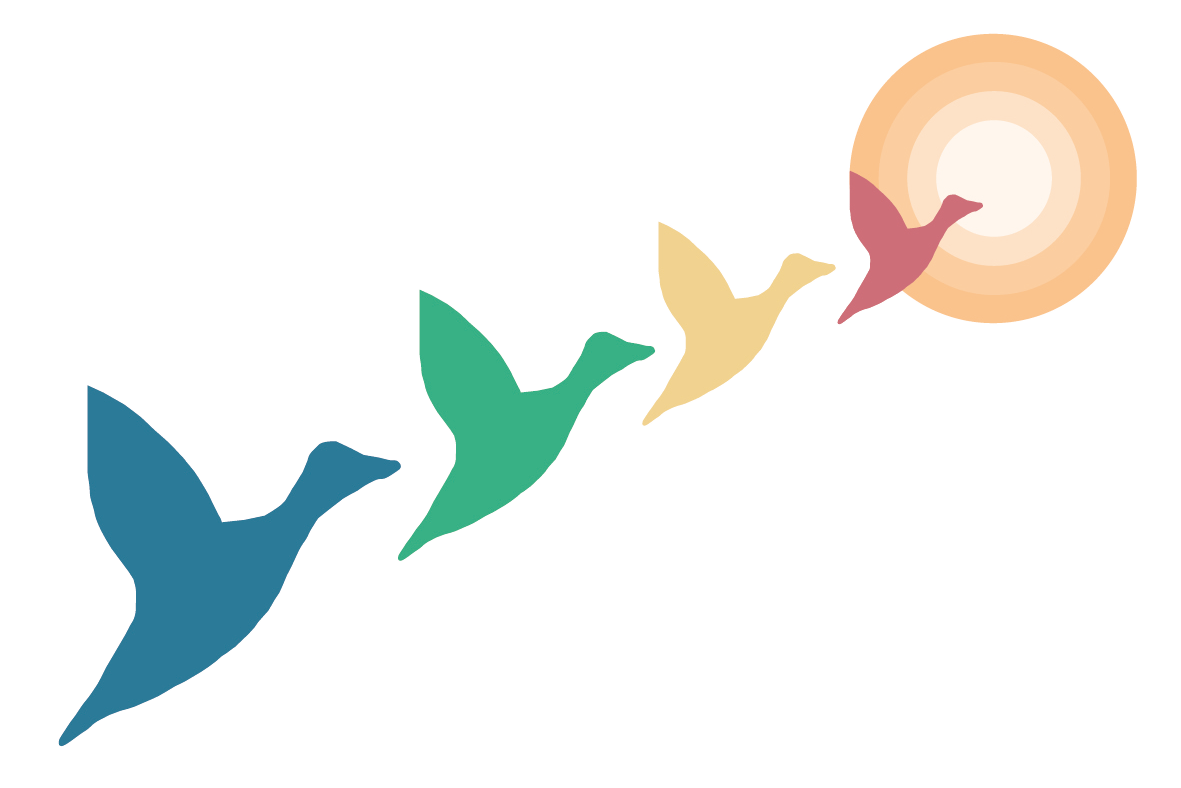
Introduction
In this series we take a look at key 2021 Census headlines in different areas. We start with our hometown, Bristol.
Up-to-date data on local demographics is an important starting point for any arts marketing strategy. You might worry that your audience is aging. But is that so bad when you know that there are now 1.9 million more over 65s in England and Wales compared to 10 years ago? And if 12.62% of your local population speaks Gujarati as its first language (as in Leicester) are you missing a trick by not translating your marketing materials?
Understanding your local demographics will help you analyse whether your audiences and participants are representative of your local population. It can also help you identify potential growth markets, influencing your marketing strategy and programming.
If you have been using demographic data, it’s worth checking whether it dates back to the previous census in 2011. There have been two mighty events that have led to rapid change since then – Brexit and Covid – and so it’s time to update it. This post gives you the headline figures for Bristol. Use it as a starting point and if you need more, take a deep dive into the data yourself.
Population
We know Bristol is popular. Very popular. Its population grew by 10.3% between 2011 and 2021, more than the national average growth of 6.3%. 472,400 people now live in Bristol. That means there are now 44,200 more people in Bristol compared to ten years ago. For arts marketers in Bristol, it’s good to know your potential audience has grown.
Children
If you’re marketing to children and families, it’s a slightly mixed picture. Census estimates that 26.6% of households live with dependent children. In Bristol there are:
- 25,982 under 5s (5.5% of Bristol’s population)
- 26,927 aged 5 to 9 (5.7%)
- 30,234 children aged 10 to 14 (6.4%).
A slightly odd development is that Bristol’s population of 5 to 9s and 10 to 14s has grown quicker than the national average (by 18% and 17% respectively). But the population of under 5s has shrunk faster (-13% in Bristol vs -7% nationally). So if you work with under 5s and have seen a decrease in your audiences, it might be because there are actually around 3,000 fewer of them in the city compared to a decade ago.
If you are looking for areas with higher percentages of children, these are:
- Barton Hill (28.4% of local population is under 15)
- Hartcliffe (26.2%)
- Lawrence Weston (24.7%).
In contrast, the areas of the city with fewest children are in the City Centre and Clifton area:
- University and Brandon Hill (4.5%)
- City Centre and Harbourside (4.6%)
- Clifton East (6.2%)
Older people
England’s aging population is well documented. But in Bristol the population isn’t aging as fast as the rest of the country. Bristol’s median age in 2021 was 34, compared to a median of 40 for England and Wales. And while the national population of over 65s grew by a whopping 20.1% between 2011 and 2021, in Bristol the growth was only 8.8%.
Overall, over 65s only account for 12.9% of Bristol’s population, compared to 23.9% in neighbouring North Somerset. Nevertheless, there are now at least 6,000 more over 65s in Bristol compared to a decade ago.
The areas of Bristol with the highest percentage of over 65s are:
- Westbury-on-Trym (26.1%)
- Whitchurch Park (25%)
- Westbury Village (24.7%)
Place of birth
18.2% of Bristol’s population (86,000 people) was born outside the UK. This is a significant percentage, especially when compared to nearby localities such as North Somerset (8.4%). It’s also higher than core English cities including Leeds, Sheffield, Liverpool and Newcastle, although lower than Manchester and Birmingham.
It’s also really useful to know that 17.6% of Bristol’s population lived somewhere else (i.e. a different address in Bristol, England or elsewhere) one year ago. A lot of these are students. But regardless, if you’re doing direct mail, it’s probably time to update that mailing list.
Language
89.9% of people in Bristol speak England as their main language. What’s tricky, from a marketing perspective, is the variety of the remainder. Only Polish (1.5%) accounts for more than 1% of the population. We can’t recommend one language to focus on translating marketing materials into – Polish, French, Italian, Romanian, Bulgarian, Arabic, Urdu and Chinese are each the main language of at least 1,400 people in Bristol.
Ethnic Group
Using the Census’ ethnicity categories, 6.6% of Bristol’s population identifies as Asian, Asian British or Asian Welsh, 5.9% as Black, Black British, Black Welsh, Caribbean or African, and 81.1% as White. If you do ethnic group monitoring as part of your audience surveys, these are the local benchmarks you should be measuring against to see if your audience is representative of Bristol’s population.
The areas of Bristol with the highest Asian, Asian British or Asian Welsh population are:
- Upper Easton (17.8%)
- University and Brandon Hill (17.4%)
- Lower Easton (17.3%).
However, it’s important to note the significant differences between the Asian populations. In Easton the largest Asian ethnic group is Pakistani, while in University and Brandon Hill it is Chinese.
The areas of Bristol with the highest Black, Black British, Black Welsh, Caribbean or African population are:
- Barton Hill (43%)
- Upper Easton (28.1%)
- St Paul’s (23%)
There are limitations and sensitivities in Census ethnicity data – this is something acknowledged and engaged with by Census authorities: https://www.gov.uk/government/consultations/standards-for-ethnicity-data/standards-for-ethnicity-data#key-considerations-trustworthiness
Religion
Bristol is a fairly non-religious place. A majority (51.4%) say they have no religion. This is the highest figure in England and Wales except for Brighton & Hove and, interestingly, a large part of the Welsh Valleys (Caerphilly tops the non-religious charts with 56.7%).
Sexual Orientation and Gender Identity
2021 was the first Census to ask questions about sexuality and gender identity. These were voluntary questions.
The new data shows that Bristol has a significantly above national average population of people identifying as gay, lesbian or bisexual (6.4% vs 3.2% in England and Wales).
There are also more people in Bristol identifying as a different gender to their birth gender (0.83% vs 0.5%). It is useful to note that these questions have some of the highest levels of people not answering in Bristol – 6.7% for the gender identity question and 8.5% for sexuality.
Transport
The 2021 Census took place in May 2021, at which point there were still Covid-19 restrictions in place and the furlough scheme was still in place. Given that the Census is a snapshot of the country at this particular moment in time, a lot of the data on work, such as hours worked per week and travel to work, isn’t really accurate.
One useful piece of data for arts marketers is that 26.2% of households do not have access to a car, slightly higher than the national average (22%). However, this figure varies across the City. In Temple Meads and Brandon Hill, more than half of households don’t have a car. There are also pockets with lower car ownership outside the city centre, such as Hartcliffe (39%).
